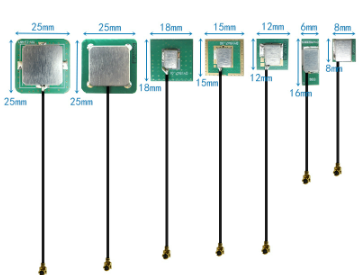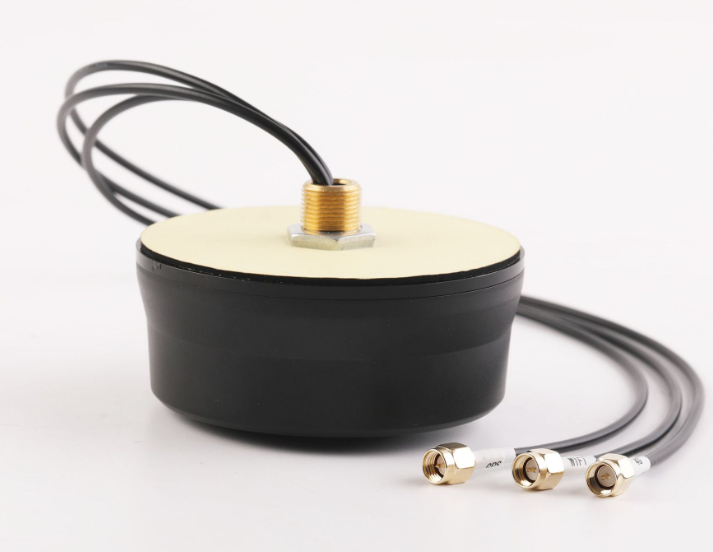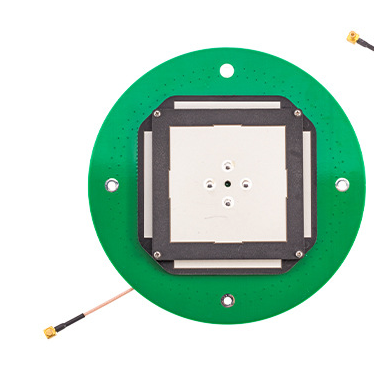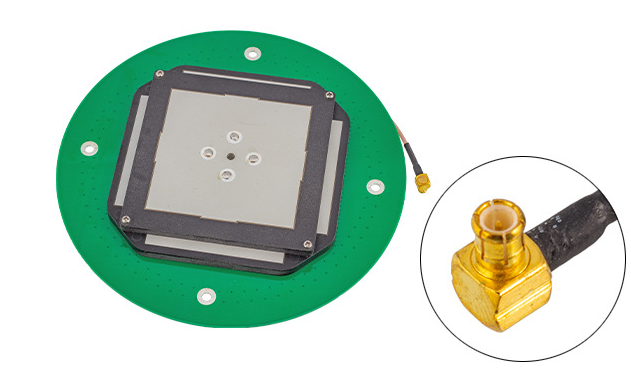Gps Antenna Design
With the rapid development of Global Positioning system (GPS) technology, the design of GPS antenna has become an important research direction in the field of communication. GPS antenna is the key equipment to receive GPS satellite signals, and its performance directly affects the positioning accuracy and reliability. Research on GPS antenna design has important practical significance and wide application prospects.

Overview of GPS Antenna Design
GPS antenna design mainly involves antenna type selection, structure design, performance optimization and so on. According to the use environment and requirements, choosing an appropriate antenna type is the basis for improving GPS receiving performance. Common GPS antenna types include spiral antenna, patch antenna, microstrip antenna and so on. In structural design, the effects of antenna size, shape, material and other factors on performance need to be considered. Performance optimization includes improving the gain, efficiency and polarization characteristics of the antenna.
Design elements of GPS antenna
1. Antenna type selection
When selecting the type of GPS antenna, it is necessary to comprehensively consider the use environment, frequency range, size requirements and other factors. Spiral antenna has wide band width and high gain, which is suitable for outdoor environment, while patch antenna and microstrip antenna have the advantages of small size and light weight, so they are suitable for integration in mobile devices.
2. Structural design
Structural design is a key link in the design of GPS antenna. The radiation performance, impedance matching, polarization characteristics and other factors of the antenna should be considered in the design. By optimizing the antenna structure, the gain and efficiency of the antenna can be improved, thus the receiving performance of GPS can be improved.
3. Performance optimization
Performance optimization is the core task of GPS antenna design. By using advanced electromagnetic simulation software, the antenna is simulated and optimized. The optimization objectives include improving the antenna gain, efficiency, polarization characteristics and so on, in order to improve the receiving quality and positioning accuracy of GPS signals.
Practical Application of GPS Antenna Design
GPS antenna design is widely used in many fields, such as aerospace, intelligent transportation, mobile communication, etc. In the aerospace field, GPS antenna is used for navigation and positioning of aircraft and satellites, and in the field of intelligent transportation, GPS antenna is used for vehicle monitoring, intelligent scheduling and so on. In the field of mobile communication, GPS antenna is used for the positioning function of mobile phones, tablet computers and other equipment, while GPS antenna is also widely used in scientific research, civil and other fields, such as geological survey, marine fishing, outdoor sports and so on.
Challenges and prospects
Although the design of GPS antenna has made remarkable progress, it still faces some challenges, such as how to improve the anti-jamming ability of antenna, how to maintain stable performance in complex environment, how to achieve miniaturization and lightweight and so on. With the rapid development of Internet of things, 5G communications and other technologies, GPS antenna design will face more opportunities and challenges. Continuous innovation and breakthrough are needed to improve the design level and application performance of GPS antenna.
GPS antenna design is an important research direction in the communication field, which has important practical significance and broad application prospects. By selecting appropriate antenna types, optimizing structure design and performance optimization, the receiving performance and positioning accuracy of GPS antennas can be improved. With the continuous development of technology, GPS antenna design will face more opportunities and challenges and need continuous innovation and breakthrough.





